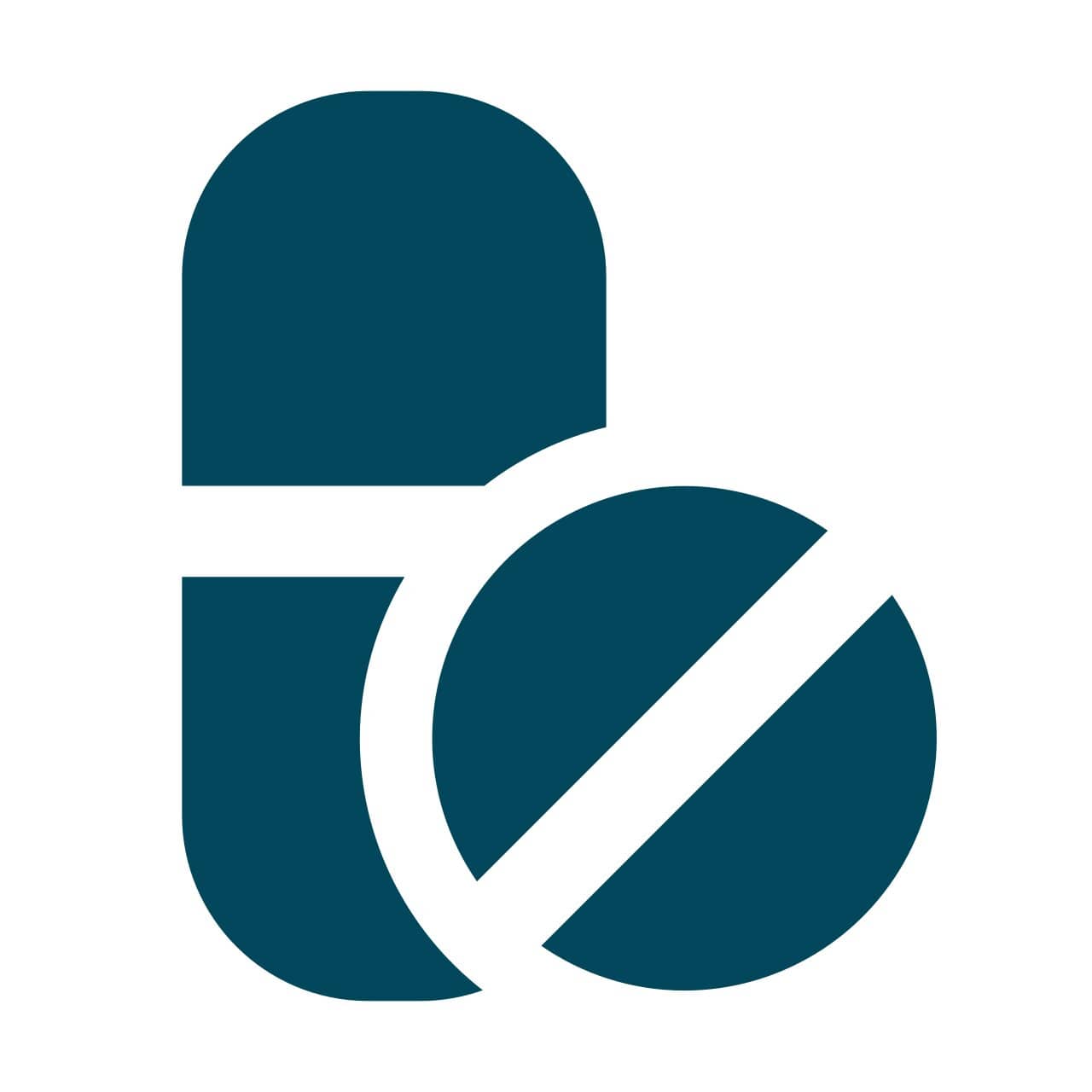Cefixime+ofloxacin
About Cefixime+ofloxacin
Cefixime+ofloxacin belongs to a group of medications called 'cephalosporin antibiotics' primarily used for the treatment of a wide range of bacterial infections of the skin, ears, lungs, prostate and urinary tract. Besides this, it also treats typhoid fever and STDs (sexually transmitted diseases) like chlamydia and gonorrhoea.
Cefixime+ofloxacin contains 'Cefixime' (cephalosporin antibiotic) and 'Ofloxacin' (fluoroquinolone antibiotic) that work by preventing the formation of the outer covering of the bacteria (cell wall) required for their survival. Cefixime+ofloxacin prevents the release of a chemical messenger (mucopeptides) by the bacteria, thereby weakening and destroying the bacterial cell wall.
Take Cefixime+ofloxacin as prescribed. Your doctor will recommend how often you take Cefixime+ofloxacin based on your medical condition. Cefixime+ofloxacin may cause some common side effects that include diarrhoea, indigestion, nausea, vomiting, loose stools, and abdominal pain. However, some of these side effects do not require medical attention and will pass within a couple of days. If side effects persist or worsen, please consult their doctor.
Cefixime+ofloxacin is not allowed to be used in patients who are already taking any other antibiotics or have kidney or liver problems. It is usually not recommended for pregnant or breastfeeding women. People with diabetes should contact a doctor before taking Cefixime+ofloxacin as Cefixime+ofloxacin can lower your blood sugar level in some cases.
Ofloxacin present in Cefixime+ofloxacin may cause and aggravate symptoms of existing peripheral neuropathy (nerve damage in legs), tendinitis (swelling or tearing of a tendon), myasthenia gravis (skeletal muscle weakness), and respiratory issues like bronchitis, sinusitis. Patients with central nervous system disorders or epilepsy (fits) should avoid intake of Cefixime+ofloxacin as its use is contraindicated for them.
Uses of Cefixime+ofloxacin
Medicinal Benefits
- Helps treat a wide range of bacterial infections affecting the respiratory tract, urinary tract, skin, and soft tissues.
- Effective against typhoid fever and other gastrointestinal infections caused by susceptible bacteria.
- Used to manage ear, nose, and throat infections like sinusitis, tonsillitis, and otitis media.
- Provides relief from bronchitis and pneumonia by eliminating infection-causing bacteria.
- Treats urinary tract infections (UTIs), including cystitis and pyelonephritis.
- Helps manage gynecological infections and certain sexually transmitted bacterial infections.
- Offers broad-spectrum antibacterial activity, effective against both Gram-positive and Gram-negative bacteria.
Directions for Use
- Take Cefixime+ofloxacin with or without food, or as advised by your doctor.
- Follow your doctor's instructions regarding the dosage and duration for effective results.
- Swallow it as a whole with water.
- Do not crush or chew it.
Storage
Side Effects of Cefixime+ofloxacin
- Diarrhoea
- Nausea
- Dyspepsia (Indigestion)
- Loose stools
- Abdominal pain
- Vomiting
Drug Warnings
- You should avoid taking Cefixime+ofloxacin if you are hypersensitive to ofloxacin, cefixime or other macrolide antibiotics as it may lead to overdose and toxicity.
- Cefixime+ofloxacin is usually not recommended for pregnant or breastfeeding women.
- Ofloxacin present in Cefixime+ofloxacin may cause and aggravate symptoms of existing peripheral neuropathy (nerve damage in legs), tendinitis (swelling or tearing of a tendon), myasthenia gravis (skeletal muscle weakness), and respiratory issues like bronchitis, sinusitis.
- People with diabetes should contact a doctor before taking Cefixime+ofloxacin as Cefixime+ofloxacin can lower your blood sugar level in some cases.
- Patient with central nervous system disorder or epilepsy (fits) should avoid intake of Cefixime+ofloxacin as its use is contraindicated for them.
Drug Interactions
Drug-Drug Interaction: Cefixime+ofloxacin should be avoided to be taken with vaccines including typhoid vaccine, cholera vaccine, and Bacillus Calmette Guerin (BCG vaccine), antiepileptic (carbamazepine), blood thinner (warfarin), antacid and ulcer treating medicine (aluminium hydroxide, magnesium hydroxide, cimetidine, sucralfate), medicine to treat excess uric acid (probenecid), medicines for arthritis (methotrexate), diuretics/water pills (furosemide), asthma medicine (theophylline) and pain killers (fenbufen, ibuprofen).
Drug-Food Interaction: A person should limit the consumption of eating a high-fat meal as this makes it harder for your body to absorb Cefixime+ofloxacin. Do not consume grapefruit during antibiotics treatment can prevent the body from utilizing Cefixime+ofloxacin properly. So, prevent intake of grapefruit or grapefruit juice with the antibiotic. Avoid consuming calcium enriched foods and drinks as it might affect the working of Cefixime+ofloxacin.
Drug-Disease Interaction: People affected with diabetes mellitus, renal dysfunction, liver disease, seizure disorders, colitis (bowel disease that affects the large intestine, causing irritation, inflammation, and ulcers in the colon) should not take Cefixime+ofloxacin.
Drug-Drug Interactions Checker List:
Safety Advice

Alcohol
unsafeAvoid consumption of alcohol as it may worsen the side effects of Cefixime+ofloxacin.

Pregnancy
unsafeIf you are pregnant or planning pregnancy, avoid taking Cefixime+ofloxacin. If you become pregnant while on treatment with Cefixime+ofloxacin, stop taking it and contact your doctor immediately.

Breast Feeding
unsafeIf you are a breastfeeding mother, avoid taking Cefixime+ofloxacin.

Driving
unsafeCefixime+ofloxacin may cause sleepiness, dizziness or may affect your eyesight. Therefore, avoid driving if you are not alert after taking Cefixime+ofloxacin.

Liver
cautionCefixime+ofloxacin should be taken with caution in patients having a history of liver diseases/conditions. The doctor may suggest lower doses initially.

Kidney
cautionCefixime+ofloxacin to be taken with caution, especially in persons having a history of Kidney disorders. The doctor may initially suggest a lower dose of initially.

Children
unsafeCefixime+ofloxacin is not recommended for children below 18 years of age.
Habit Forming
Diet & Lifestyle Advise
- Include probiotics in your diet as probiotics contain healthy bacteria that are good for the intestines and can recover the killed bacteria.
- Taking probiotics after completing the antibiotics course can minimize the chances of antibiotic-associated diarrhoea. Foods that are high in probiotics include yoghurt, cheese, sauerkraut, and kimchi so consume them to restore the good bacteria of the intestine.
- Try to take more fibre-enriched food as it will help the food to digest properly and helps to stimulate the growth of gut bacteria.
- Include whole grains like whole-grain bread, brown rice to include fibre in your diet.
- Try to consume less calcium, iron-enriched foods, and drinks as it may slow down the working of Cefixime+ofloxacin.
- Try to limit the consumption of alcoholic beverages as it can cause worsening of side effects and make your body dehydrated and affect your sleep. This also makes it difficult for your body to aid the Cefixime+ofloxacin in fighting off infections.
Special Advise
If you experience diarrhoea or CDAD (C. difficile-associated disease) immediately contact a doctor or nearby clinic as you might require sufficient electrolyte and other interventions for preventing water loss or dehydration.
Patients Concern
Disease/Condition Glossary
Bacterial infection: A bacterial infection occurs when harmful bacteria enter, multiply, and cause sickness inside the body. Common symptoms of bacterial infection may vary depending on the type of infection and the bacteria causing it. Some other symptoms of a bacterial infection include fever, feeling tired, swollen lymph nodes, headache, nausea, or vomiting. Bacteria are single-celled, small microorganisms found in different shapes and structures, such as spherical, rod-shaped, and spiral-shaped. Some harmful bacteria that can affect a human's body include Streptococcus, Staphylococcus, and E. coli. Bacterial infections can affect anyone, but individuals with a weak immune system or those already taking immunosuppressive drugs are at a higher risk.
FAQs
Cefixime+ofloxacin is used for the treatment of a wide range of bacterial infections of the skin, ears, lungs, prostate and urinary tract. Besides this, it also treats typhoid fever and STDs (sexually transmitted diseases) like chlamydia and gonorrhoea.
No, you should not double the dose if you forget to take Cefixime+ofloxacin, then take it as soon as you remember or skip it if it is time for the next dose.
Yes, some patients may experience diarrhoea, after taking this medicine so it is better to take this drug after a meal which reduces the risk of stomach discomfort. However, If you are noticing diarrhoea that is watery or bloody, then immediately ask your doctor. Do not try to take self-medication for diarrhoea without asking the doctor.
Yes, this medicine is prescribed for the treatment of urinary tract infection (UTI). Take Cefixime+ofloxacin only if the doctor has prescribed you this medicine.
You should avoid driving as this medicine may cause impaired vision or affect the thinking ability so avoid such a task that needs a clear vision.
You should avoid taking Cefixime+ofloxacin if you have peripheral neuropathy (nerve damage in legs), tendinitis (swelling or tearing of a tendon), myasthenia gravis (skeletal muscle weakness), respiratory issues like bronchitis, sinusitis, diabetes, central nervous system disorder, or epilepsy (fits).
No, Cefixime+ofloxacin is not advised for viral infections, such as the common cold. It is a strong antibiotic used to treat severe bacterial infections.
You are advised to take Cefixime+ofloxacin as recommended by your doctor. Complete the full treatment as prescribed to show its effectiveness, as discontinuing suddenly may cause antibiotic resistance.
No, Cefixime+ofloxacin is not recommended for viral infections. Cefixime+ofloxacin is an antibiotic used to treat bacterial infections. Do not self-medicate.
Cefixime+ofloxacin doesn’t respond against the viral infections such as cough. Therefore, if you have cough, consult your doctor for appropriate medication.
Yes, cefix contains cefixime as its active substance and is an antibiotic used to treat bacterial infections of urinary tract, lungs, throat, airways, tonsils, middle ear, and cervical or urethral regions.
Take Cefixime+ofloxacin as recommended by your doctor. Taking Cefixime+ofloxacin with milk may potentially affect its effectiveness.
No, do not take Cefixime+ofloxacin for stomach infections as it could be due to various reasons. Also, avoid taking Cefixime+ofloxacin for any infection without doctor’s advice.
Yes, Cefixime+ofloxacin is a strong antibiotic that can treat various bacterial infections. Do not self-medicate.
Cefixime+ofloxacin can be used for sinus infections (sinusitis) if caused by bacteria and if it is advised by a doctor. However, please consult a doctor as it varies for everyone based on your health condition.
No, do not take Cefixime+ofloxacin on your own as inappropriate usage of antibiotics may cause failure of the treatment in future.
The dosage of Cefixime+ofloxacin treatment vary based on the specific condition and patient response to the medication. If you do not notice any improvement within 3-4 days of starting the treatment, please consult your doctor. Do not self-medicate.
Cefixime+ofloxacin contains Cefixime (cephalosporin antibiotic) and Ofloxacin (fluoroquinolone antibiotic) as its active substances.
Consult your doctor if you don’t get better after using Cefixime+ofloxacin. Also, inform about the unwanted effects and the symptoms that worsen while using Cefixime+ofloxacin.
UTIs are usually treated with antibiotics. To prevent UTIs, it's important to stay hydrated, urinate after sex, avoid irritating female hygiene products, and wear cotton underwear. For frequent UTIs, doctors may recommend low-dose antibiotics or other preventive options, including probiotics.
Store Cefixime+ofloxacin at room temperature. Protect from light. Keep it out of reach from children. Disposal of Cefixime+ofloxacin is done by following the local guidelines.




